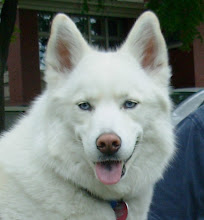



Some more excerpts from my sketchbook. Just trying to have some fun and not be so concerned with the results. It keeps me sane to balance the work I labor over with some that is just done to explore.
I noticed something about using the copic gray markers that has been in the back of my mind for awhile. I was always wearing out the # 4, 5, 6, and 7 before any others, so I thought I'd test my suspicion with a full grayscale (below). It turns out that the markers at both ends of the scale are really close in value-- in some I can't see any difference at all. I kind of felt this subconsciously, but it helps me to bring that type of "beneath-the-surface" feeling into concrete understanding (mainly so I don't forget it).
Not to take anything way from the copic markers -- I think they are great -- but you may not need to buy the full scale to do solid value studies.











